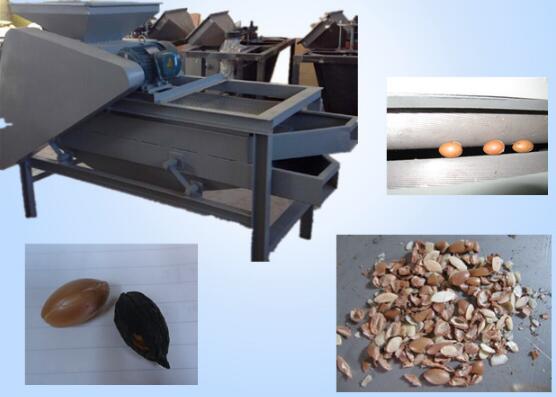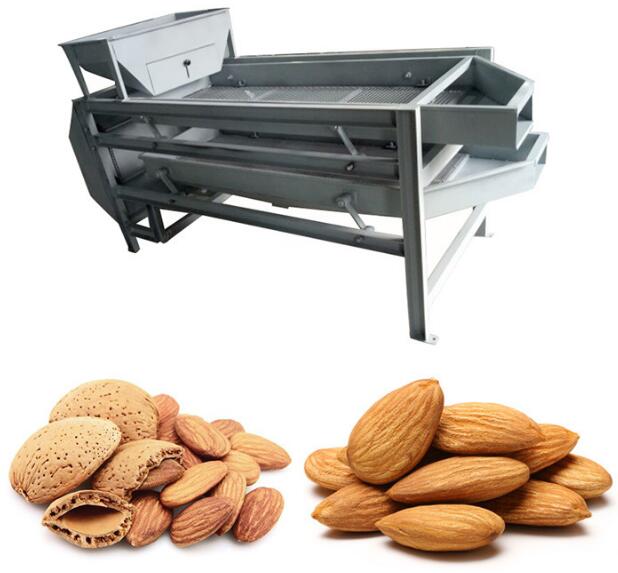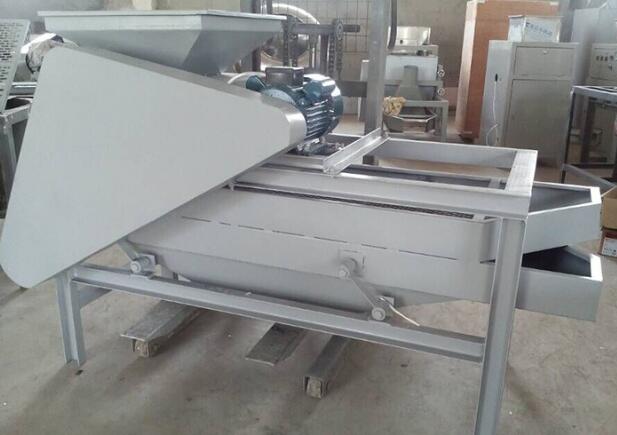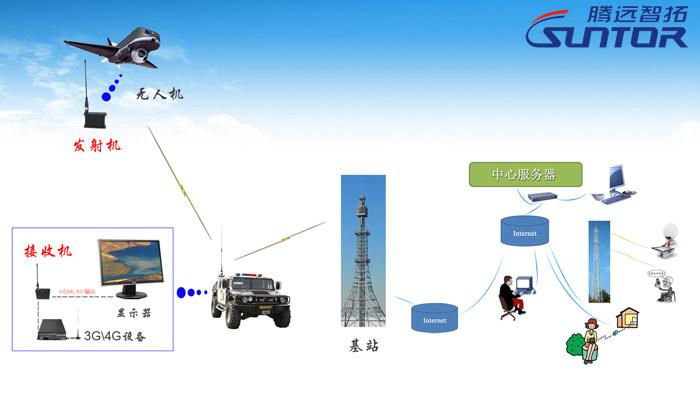Around us, we often see some drones controlled by photography enthusiasts hovering over us. Come and go freely and it is very stable to fly. Aerial photography of drones is increasingly favored by modern people. So what technology does the drone rely on to achieve wireless transmission? Today Xiaobian has come to explain it to everyone.
In fact, the types of drones are divided into many types, military, public, civilian, and police use. It is also because of the large range of drones and the random change of flight locations that cannot be achieved by wired transmission. Therefore, wireless transmission signals Technology became the only way to control drones.
Recently, the rapid development of drones has also been constrained by technical factors. For example, no one in high-speed flight has transmitted clear and stable images. These have become bottlenecks in the development of UAV technology. In response to this situation, our company has recently developed a series of wireless mobile video transmission products. The system adopts advanced COFDM all-digital modulation and demodulation technology and MPEG2/MPEG4 digital compression coding technology. Its multi-carrier and other technical characteristics, resistance to many With strong capacity, with "non-line-of-sight" and "diffraction" transmission characteristics and good penetrating ability, it can meet the mission of UAV wireless communication. The COFMD technology uses 1.2GHz low-frequency microwave signal transmission on drones. The use of this frequency can not only improve the signal transmission rate of the drone, but also ensure a stable transmission effect in the long-distance transmission range.
Now with the application of COFDM technology, unmanned aerial vehicle signal map has been widely used in aerial reconnaissance, air security, emergency rescue, environmental detection, fire control, power inspection and other fields, and has been widely praised by the majority of users. It is believed that with the further development of transmission technology, drones will have a greater role in the future.
Grain Seed Palm Almond Walnut Apricot Sheller and Peller and Huller
A level of shelling, roller gap can be adjusted, apricot raw material size is not the same, take off the large adjustment gap and then take off as a cycle ..The roller gap should be 1-1.5mm smaller than the apricot kernel. (If apricot kernel size is mixed together, large apricot kernels have a 15 mm diameter in the flat, 12 mm in the flat, and a small 9 mm in the flat. Adjust according to the raw materials: 14 mm off the first roll gap. The large, large apricot nucleus is removed from the shell and the small apricot kernels are leaked at the same time. The apricot nucleus, which has been removed from the shell, is separated from the apricot kernel that has not been detached from the shell by a sizing screen under the shelling machine. Unopened apricot kernels, from the lower layer of the screen, the apricot kernel almond mixture after opening the shell, and then the second time to remove the roller gap 11mm off the third roll off the gap 8mm off Finished small, once finished. Reference, according to the physical material to adjust the gap to achieve no broken kernel as well,)
Technical Data:
|
Model
|
Productivity
(T/H)
|
Power
(kw)
|
Weight
(kg)
|
Dimension
(mm)
|
Sieve dimension
|
Mark
|
|
HLD-300
|
3-5
|
2.5
|
260
|
1900X800X1250
|
/
|
Environment friendly
|




Seed Sheller
Almond Sheller,Almond Huller,Corn Sheller Machine,Electric Corn Sheller
Hebei HELIDA Grain Selecting Machinery Technology Co., Ltd. , https://www.grainseedscleaner.com




